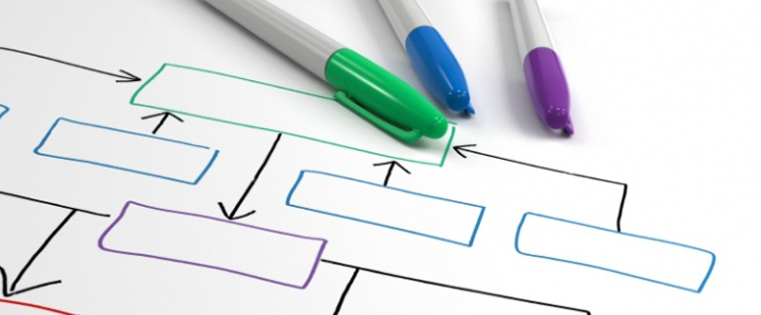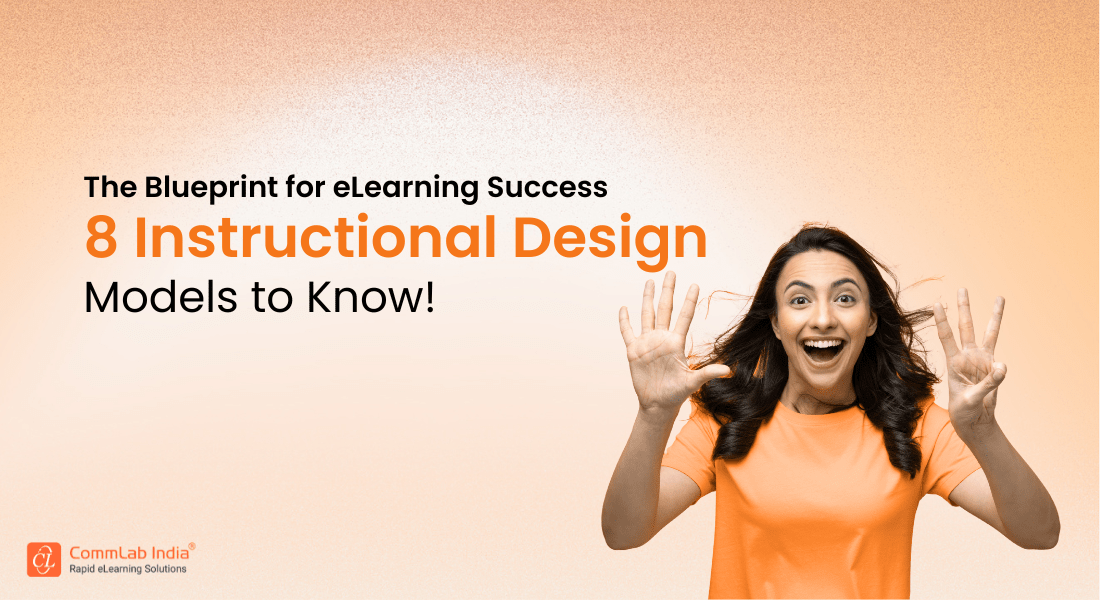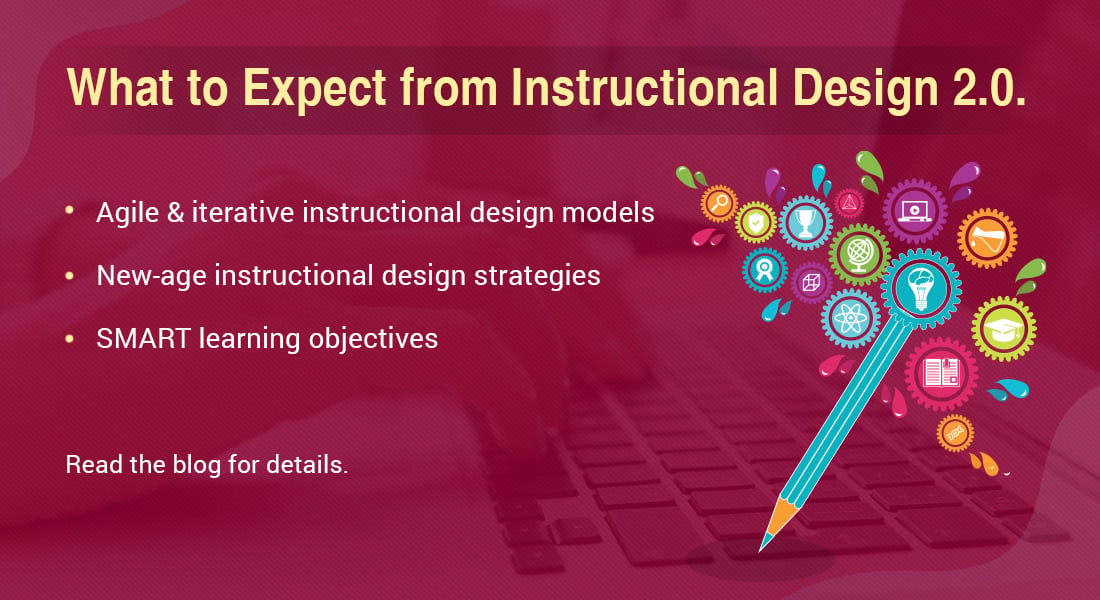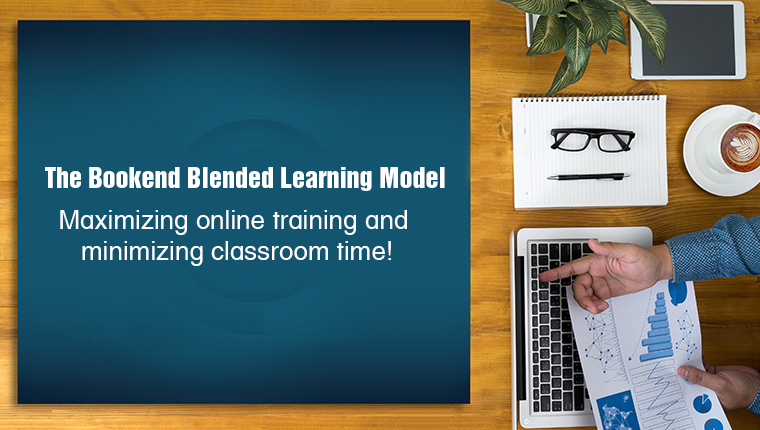The Process for Implementing Instructional Design

Effective courses do not just happen – they are made effective through effective course design! To ensure that courses meet the requirements of the client and learners and support the training framework, we use a process called Instructional Design.
Instructional Design is a systematic approach of developing instructions, using adult learning and design theories.
There are many Instructional Design models out there. Here, I am presenting a simple back-to-the-basics, seven-step Instructional Design process, which ensures an efficient development process and a sound solution in the least time possible. While most of us might be familiar with the steps listed here, it may help to revisit them.
1. List Instructional Design Goals and Objectives
The first step in developing effective instruction is to identify its goals and objectives. At this stage, you need to develop a blueprint for the instruction where you should state:
- Who the learners are
- What their learning styles are
- What knowledge you would like to impart
- What your approach would be to address the learning need
- How you would present the content to enhance the learning
2. Determine an Evaluation Method
Based on answers you get from the previous phase of analysis, determine how to assess your learners. The purpose of this stage is to ensure the program accomplishes its objectives in helping learners develop their skills, improve their performance and implement organizational changes.
3. Design the Program
Now that we have discovered a few things about the learners, the content and client requirements, it’s time to design the program. Apply sound instructional design principles to make the course effective. Nail down the instructional, visual and technical design strategies in this step.
4. Develop the Program
In this step, storyboards are created that give a complete layout of the training program in terms of visual and text. Getting a sign off on storyboards at this stage saves a lot of time during development. A best practice is to create a prototype in this stage to get a sign off on design.
In case of eLearning, during the development, the storyboards are also brought to life and translated into actual training materials. During the courseware development, you will need the help of technical experts such as multimedia developers or programmers. As a good practice, collaborate with developers and graphic designers in the early stages of design itself – this will help avoid rework and wasted effort.
5. Pilot-test the Program
Before you actually launch the training program, test the developed program on a few learners. This enables you to gather feedback from the learners on the objectives you set and the design you used. This will also allow you to test that the training program helps them improve or enhance their skills, knowledge and attitudes.
6. Revise the Program
Based on the feedback you receive, you may need to tweak the program to better address the learner’s requirements, redefine the instructional goals and objectives of the course and implement necessary changes to the program if required. However, careful planning during the design stage will ensure that you only need minor tweaks and not a major overhaul of the course material.
7. Deliver the Program
Finally, your training program is all set to be launched to all learners.
There are many Instructional Systems Design (ISD) models out there, most of which are based on popular models such as ADDIE etc. What is the process that you follow when designing and developing eLearning courseware? Do share your thoughts on this.





